
🔍 What Are Diamond Blades?
Diamond blades are circular saw blades embedded with synthetic diamond crystals, designed to cut through hard materials like concrete, tile, asphalt, granite, and more. Diamond blade are not all the same — the bond, segment shape, and diamond concentration determine their purpose and effectiveness.
🧱 Diamond Blades for Cutting Concrete
Concrete is a dense, abrasive material, often reinforced with rebar. This demands blades with hard metal bonds and segmented rims that ensure cooler, efficient cutting.
🔨 Blade Features for Concrete:
FeatureDescriptionSegmented RimPromotes airflow, reduces heatHard BondResists wear against abrasive concreteWet or Dry UseSome allow water for dust control and coolingArbor SizeCompatible with masonry or concrete saws
💡 Best Applications:
Cutting poured concrete slabs
Demolition work or removal
Cutting through reinforced concrete
Pro Tip: Use water-cooled blades for extended life and reduced airborne dust.
🧽 Diamond Blades for Cutting Tile
Tile is typically made of ceramic, porcelain, or natural stone, each requiring precision and smooth cutting to prevent chipping.
🧰 Blade Features for Tile:
FeatureDescriptionContinuous RimNo segments; gives chip-free smooth finishSoft BondEnsures diamonds wear faster for clean cutsWet Use OnlyMust use water to avoid overheatingFine Grit DiamondsEnhances cut quality on delicate surfaces
🧱 Best Applications:
Cutting ceramic or porcelain wall/floor tiles
Granite or marble countertops
Mosaics, decorative trims
Johnson Box: For tile jobs, always opt for continuous rim blades with water flow — precision is the name of the game! 🎯
⚖️ Key Differences: Concrete vs. Tile Diamond Blades
FeatureConcrete BladesTile BladesRim TypeSegmentedContinuousBond HardnessHardSoftWater UseOptionalRequiredCut TypeFast and roughSlow and smoothApplicationsOutdoor, structuralIndoor, decorative
Choosing the wrong blade can result in blade damage, poor performance, or material breakage.
🛠️ How to Choose the Right Blade
Here are key selection criteria to guide your decision:
1. 🔍 Identify the Material
Concrete: Use hard-bond, segmented blades.
Porcelain Tile: Use soft-bond, continuous rim wet blades.
Natural Stone: Choose medium-bond blades with turbo rims.
2. 🚀 Match the Saw RPM
Blades are rated for specific maximum RPMs.
Exceeding RPMs = blade failure.
Always check the manufacturer specs.
3. 💧 Decide Wet or Dry Cutting
Wet cutting = cleaner cuts + longer blade life.
Dry cutting = flexibility but generates more heat and dust.
4. 🧮 Consider Cut Depth and Speed
Deeper cuts? Use larger blade diameters.
Faster work? Opt for turbo segmented blades with airflow design.
🧑🔧 Best Practices for Usage
PracticeBenefit✅ Use proper blade for materialPrevents damage and ensures precision💧 Use water (if required)Extends blade life and improves cut🔧 Inspect blades before useSafety check for cracks or wear⚙️ Let blade do the workAvoid pushing — let rotation cut🧼 Clean after useReduces wear from residue buildup
Always wear safety gear: gloves, goggles, and dust masks. 🦺
🔁 Maintenance Tips for Diamond Blades
Clean after each use with a brush or soft cloth.
Use a dressing stone to expose fresh diamonds.
Store dry and upright to prevent warping.
Check arbor wear — ensure tight fitting.
Don’t mix materials — it wears blades unevenly.
💡 Key Takeaways
✅ Concrete blades are rough, segmented, and built for tough, fast cutting.
✅ Tile blades are soft-bonded, continuous, and meant for precision.
✅ Always match the blade type to your material for efficiency and safety.
✅ Wet cutting improves life and cut quality, especially for tile.
✅ Use proper RPMs, PPE, and cleaning methods to extend blade lifespan.
❓ Frequently Asked Questions (FAQs)
1. Can I use a concrete diamond blade to cut tile?
No. It will likely chip or crack the tile due to its aggressive cutting style.
2. Is wet cutting necessary for tile?
Yes! Water prevents overheating and ensures clean, chip-free cuts.
3. Can one blade cut all materials?
There are multi-purpose blades, but they sacrifice precision and durability. Always use task-specific blades for best results.
4. How do I know if my blade is worn out?
Signs include:
Slower cutting
Overheating
Blade warping
Visible diamond depletion
5. Are turbo blades good for both materials?
Turbo blades can cut both concrete and stone reasonably well but are not ideal for tile due to potential chipping.
6. Why does my blade spark during cutting?
This usually means:
Improper material match
Overheating
Worn diamonds or segments
📊 Final Thoughts
Understanding the specific roles of diamond blades can save you time, money, and material waste. Whether you’re slicing through rugged concrete or delicately shaping porcelain tiles, using the right blade ensures flawless cuts and long blade life.


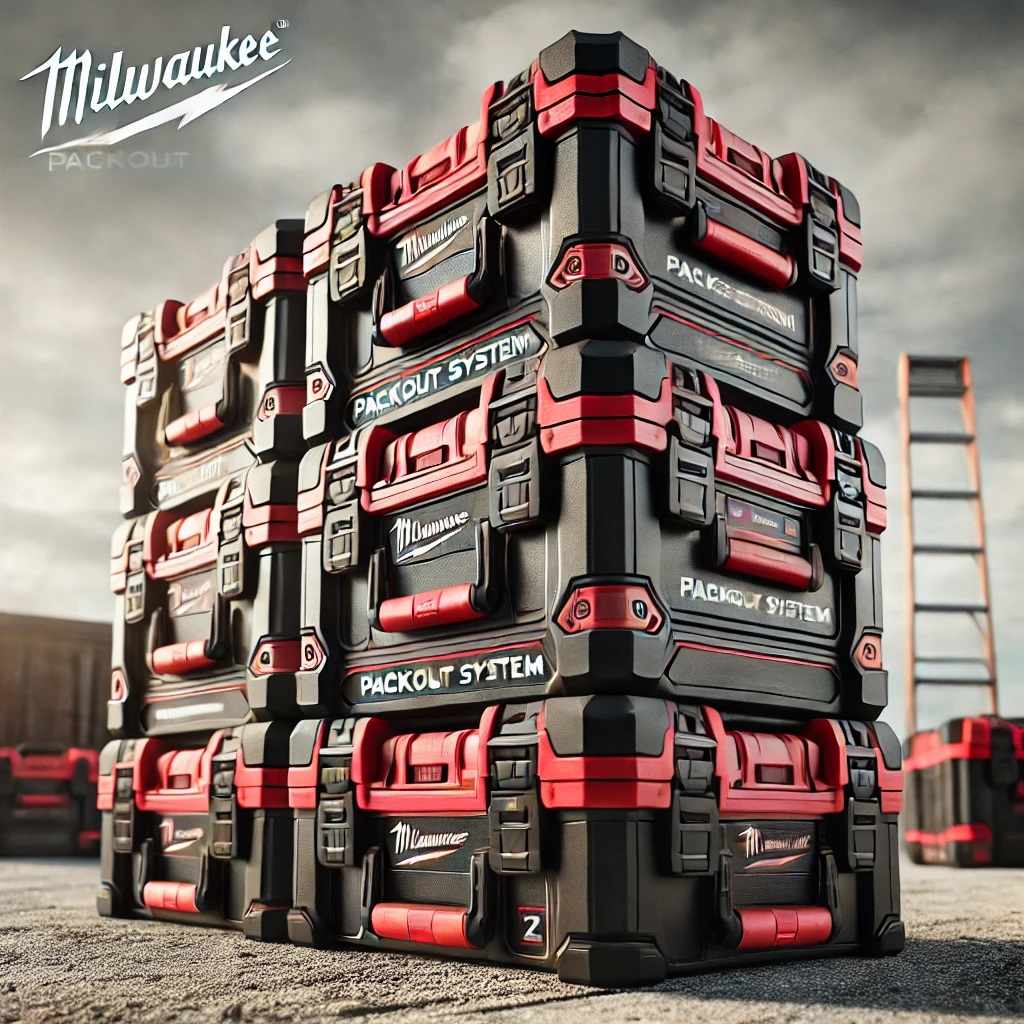
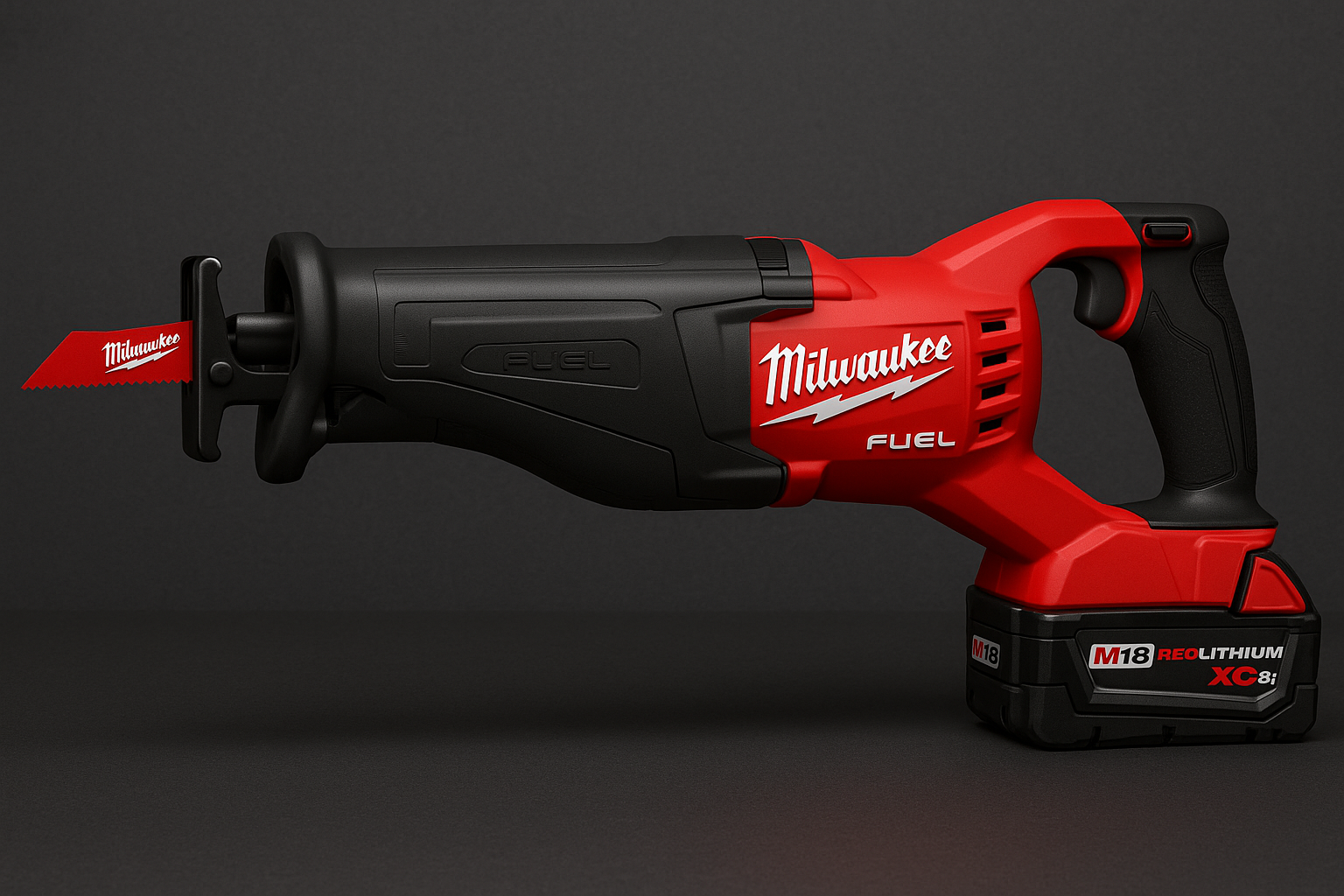
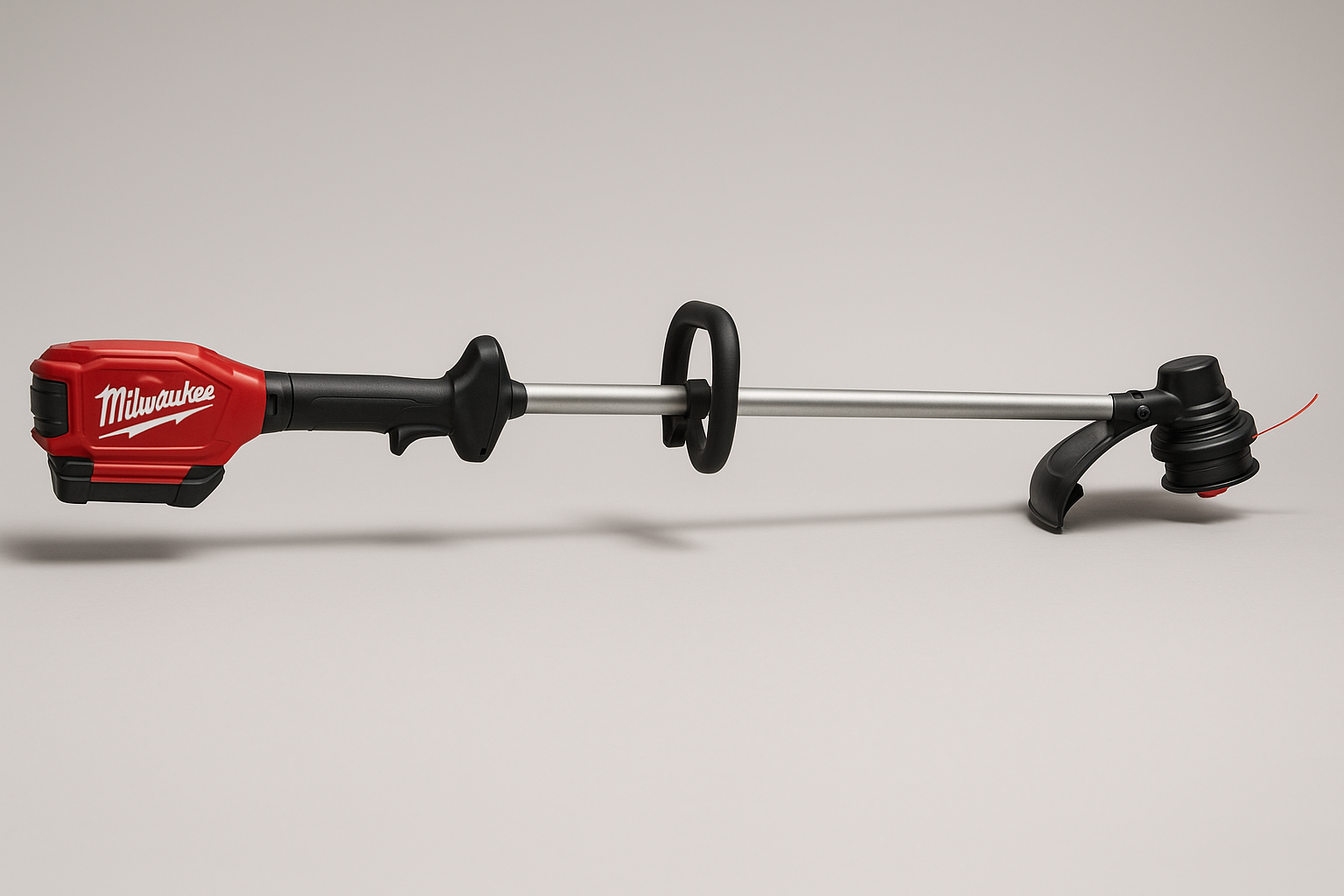
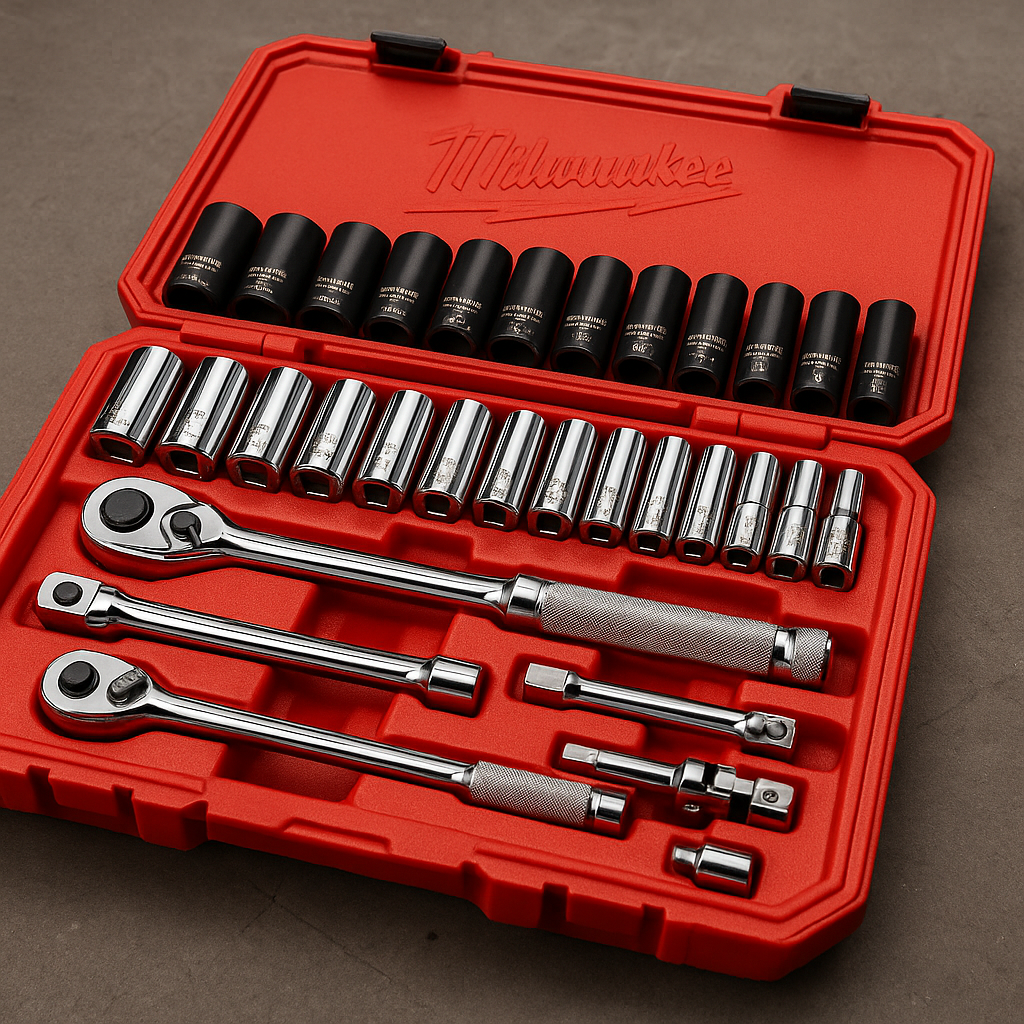
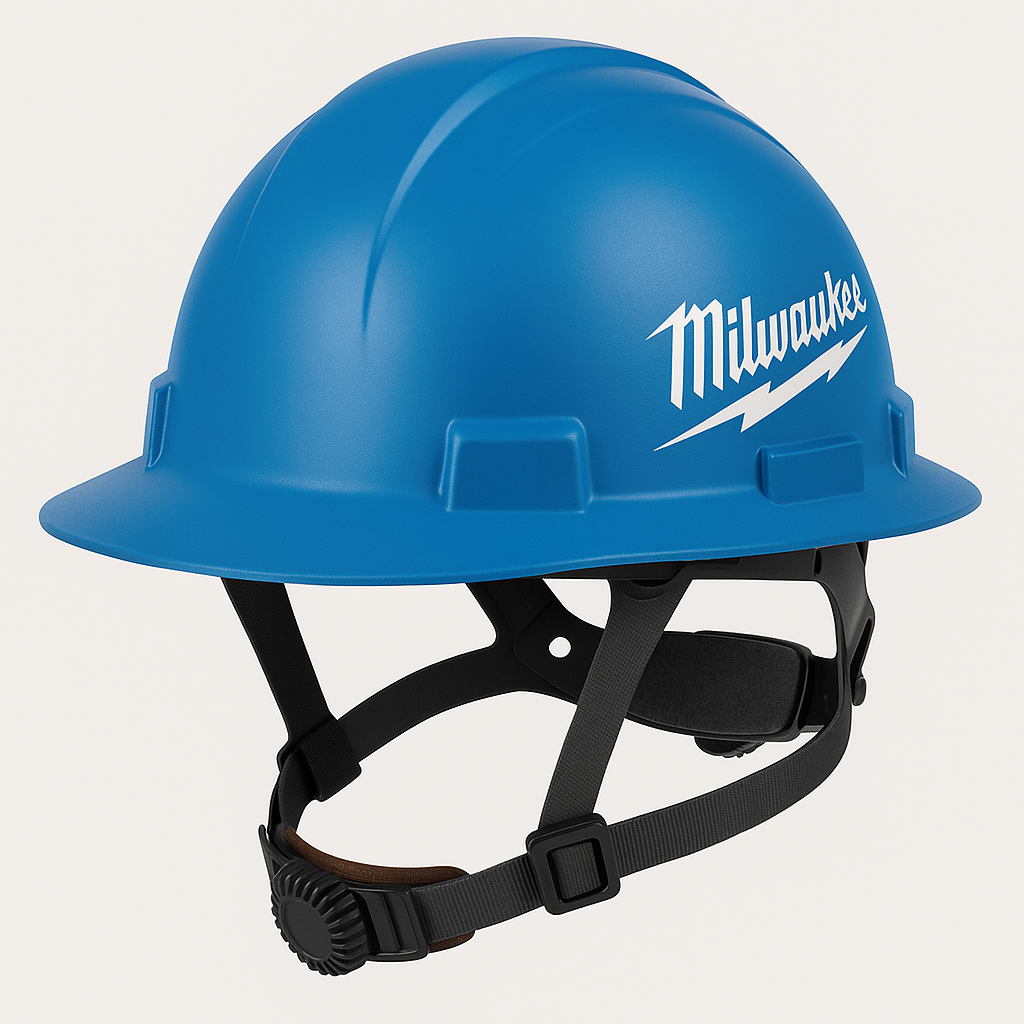



Write a comment ...